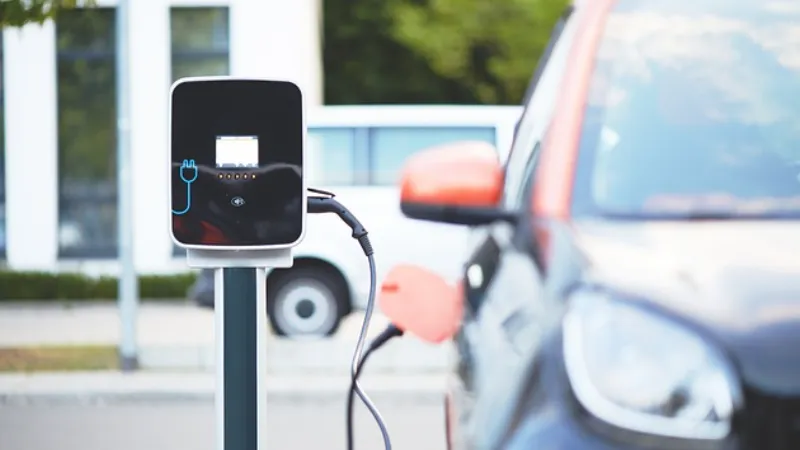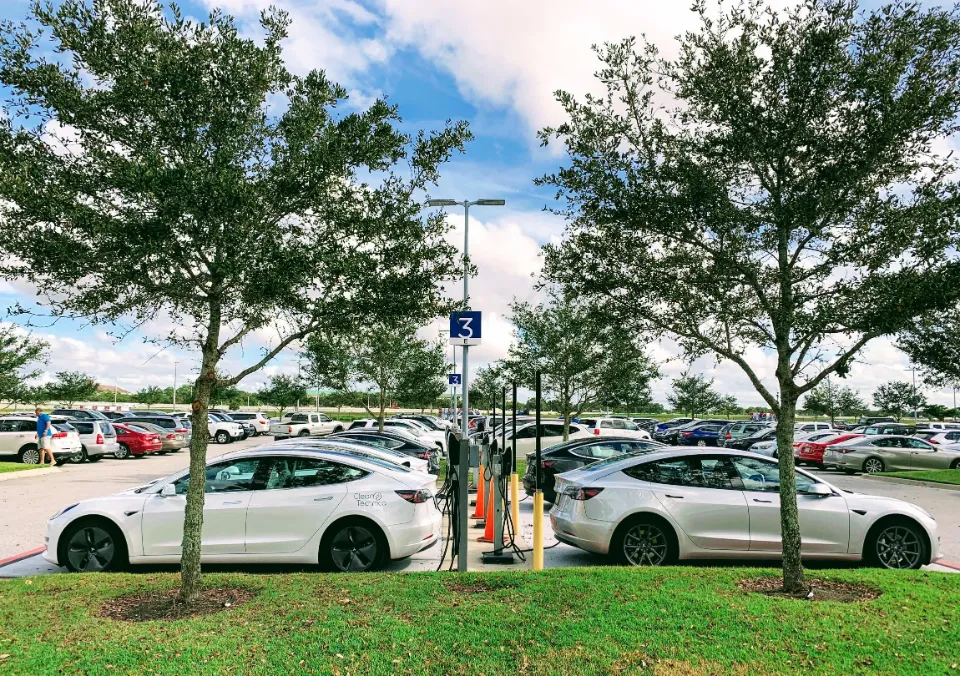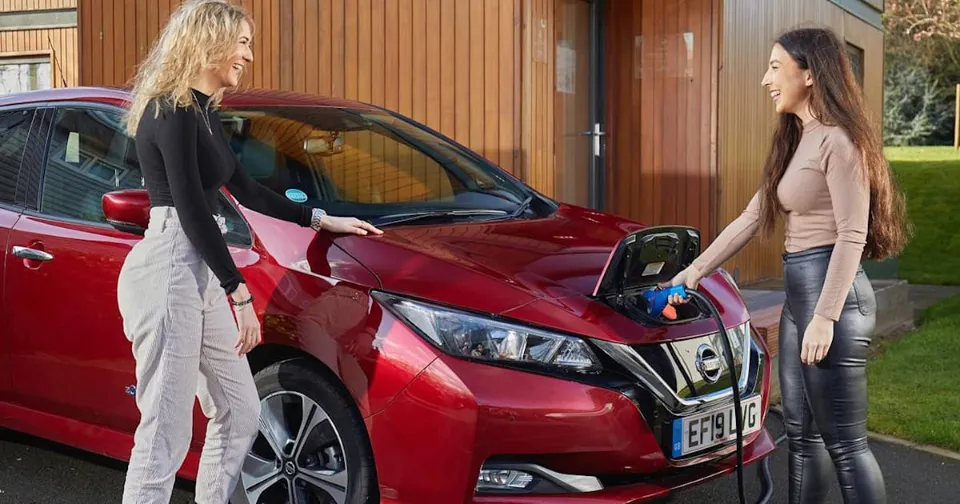We’re here to walk you through every step of how to charge an electric car, including where to charge, how long it takes, and how far a charge lasts. Along with these topics, we’ll go over the various charging station output levels, the typical cost of charging an EV, and how to check your charge status.
An electric vehicle must be plugged into a charging station in order to be charged. There are four main places you can find these; at home, at work, at public locations and at service stations.
- Sometimes you’ll need to bring your own dedicated charging cable.
- When they park, the majority of EV drivers plug in to a chargepoint to stay charged.
- Drivers occasionally need to recharge while on the road, using stronger chargers.
- Depending on where you are, you can begin charging by simply plugging in, or you can use an app, contactless card, or RFID card.
For more information, keep reading.
EV Charging Levels and All Types of Chargers Explained
There are various subcategories of charging. The most typical way to approach EV charging is in terms of charging levels. There are three levels of EV charging: Level 1, Level 2, and Level 3 are available, and in general, the higher the level, the higher the power output and the quicker your new vehicle will charge.
In general, your new vehicle will charge more quickly and with higher power output the higher the level.
However, the length of time it takes to fully charge a car depends on a number of factors, including the type of battery it has, its charging capacity, and the power output of the charging station.
Level 1 Charger
Level 1 charging is when you plug your EV into the socket with a standard AC power plug. The slowest way to charge an EV is with a Level 1 charger, which provides only 6 to 8 kilometers of range per hour (4 to 5 miles), because a typical household outlet can only deliver a maximum of 2.3 kW. This method is not only slow but can also be risky for your safety and the safety of your vehicle because there is no communication between the power outlet and the vehicle. As such, we don’t recommend relying on Unless there is an emergency, only Level 1 charging should be used for vehicle charging.
Level 2 Charger
A Level 2 charger is any standard AC charging station that you may find mounted to a wall, on a pole, or standing in the ground. Level 2 charging stations are frequently found at residential, public parking, business, and commercial locations and typically deliver between 3.4 kW and 22 kW. Your battery’s range will increase by about 120 km (75 miles) in an hour of charging at the maximum output of 22 kW. Compared to Level 1 charging, this is a lot quicker. Because of this reason, combined with a range of intelligent functionalities, smart connectivity options, and a range of safety features that Level 2 chargers have to offer, many EV drivers invest in an AC charging station for home.
Level 3 Charging Station (DC Fast Charger)
Level 3 charging, also referred to as DC or fast charging, bypasses the onboard AC/DC converter and uses direct current (DC) to charge a vehicle’s battery directly. Since the battery can receive DC power directly, Level 3 chargers are able to do so. Because they can deliver more power more quickly, Level 3 charging stations are perfect for quick-stop locations like gas stations and fleet depots. Charging times vary between different vehicles and power outputs, however, generally speaking, In contrast to Level 2 and Level 1 charging stations, Level 3 chargers can fully charge a vehicle in just a few minutes.
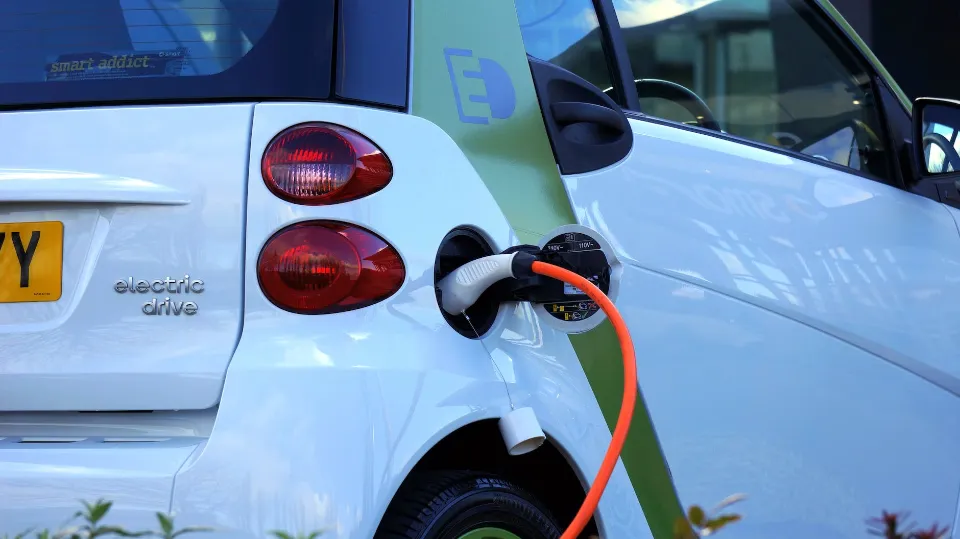
How Long Does It Take to Charge An Electric Vehicle?
The size of the battery and the output of the charging station both influence how long an electric car takes to charge. The model of the car also has an impact on how long it takes to charge; manufacturers like Tesla, GM, and others have different models with different charge times.
You can predict whether a charging experience will be slower or faster if you are aware of the power output level of a charging station. When available, we encourage you to select charging stations in the following order:
- Tesla Superchargers: Add up to 200 miles in only 15 minutes
- DC fast chargers: Ideal for longer journeys requiring short stops
- Level 2 (240V): Achieve a partial to complete charge in 5-8 hours
- Level 1 (120V): Convenient for home or local driving use, not for long trips
How Much Does It Cost to Charge An Electric Car?
Owners typically complete 80% of their EV charging at home, making it the most convenient and affordable option. The average US household that owns an electric vehicle (EV) pays 12 cents per kilowatt-hour (kWh) of energy used to charge, which adds $30 to $60 to a monthly energy bill.
Even though you’re probably not at home when you rent a car, our rentals come with a Mobile Connector kit that allows you to plug the vehicle into a typical 120V household outlet if one happens to be nearby while you’re away. Additionally, the home charging savings are worth noting when comparing refueling costs of gas-powered cars.
So how much does it cost to charge an EV at a public charging station? In summary, it varies, but it’s always more affordable and environmentally friendly than filling up with gas. While there are some public charging stations that are free, most levies are based on kWh usage, charging time, or battery charge levels.
Depending on where you are, charging prices can also change. Home charging, for example, varies from an average of 8.65 cents per kWh in Iowa to a rate of 32.76 cents per kWh in Hawaii. The cost of using public charging stations can differ, even within the same city, just like the cost of charging at home does. By locating free or inexpensive charging stations nearby, apps like Plugshare and ChargePoint can help you save money on your electric bill.
No matter how far you travel, charging an EV will always be less expensive than filling up a gas-powered vehicle.
How Far Can An Electric Car Go on One Charge?
Electric cars are capable of reaching different driving ranges, depending on:
- Make and model
• Size of the battery
• How much the battery is charged
On a full charge, the majority of EVs can easily travel over 200 miles, and some Tesla models can go even further. One example of a vehicle with a long range is the Tesla Model 3.** These ranges are anticipated to grow over the next few years as electric vehicle technology continues to advance.
Similar to a gas-powered vehicle, the amount of power an electric vehicle has depends on the weather and how you drive. For instance, hard braking uses more energy regardless of whether a car is powered by gas or electricity. The car won’t waste energy that could be used to travel further if safe driving habits are followed.
The battery can also run out when using power-sucking equipment and accessories onboard. This covers lighting, air conditioning, and entertainment systems.
There are various methods for keeping track of your EV’s charge. The battery range shows the estimated miles left in the battery and is prominently displayed on the touchscreen. The battery meter shows the charge remaining with a numerical percentage, a status bar, and color changes (green to yellow to red).
EVs offer a variety of alerts and warnings as well as suggested nearby charging station locations via pop-up notifications if a low charge is detected, even though it is unlikely to happen if you are keeping an eye on your charge.
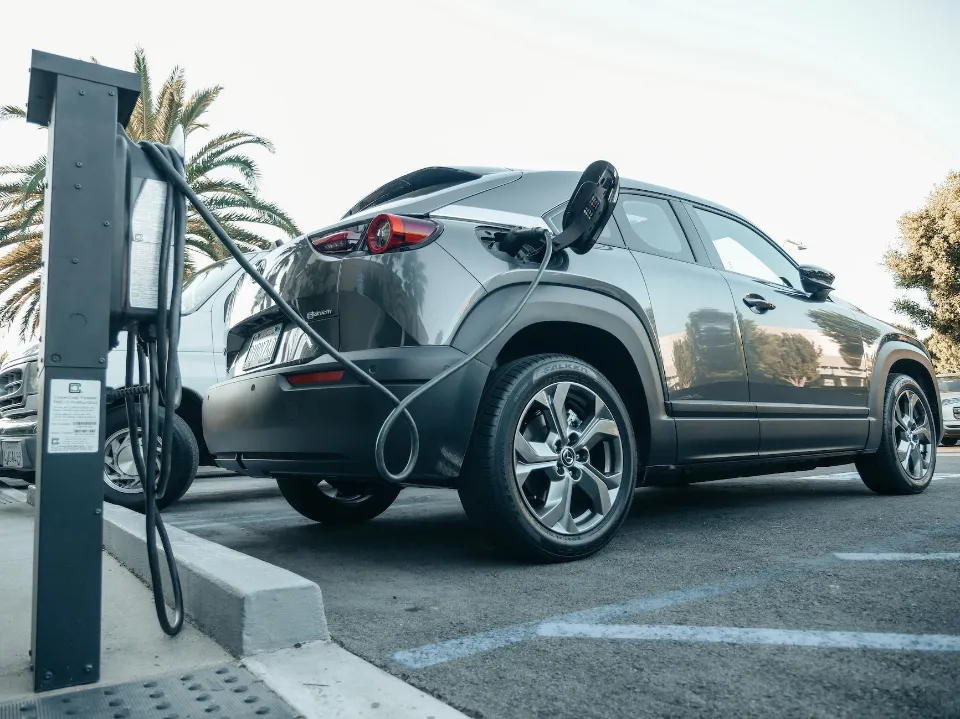
Where to Charge An Electric Car?
Generally speaking, there are potential charging locations anywhere you can park your car. You can therefore imagine that there are as many different locations where you can charge your car as there are electric car models on the market today.
As the world is shifting towards electric mobility, the need for a suitable charging infrastructure network has never been more prevalent. As a result, legislation and incentives for the placement of charging stations are being developed by governments and cities around the world, and an increasing number of companies are entering this new market.
In order to keep up with the worldwide adoption of electric vehicles, which is expanding quickly, there are more public charging stations available now than ever before.
So in the future, as charging stations become more common fixtures on streets the world over, there will be charging stations everywhere, but what are the five most popular places to charge your car today?
The five most-popular car charging locations
According to our Mobility Monitor report, where we interviewed thousands of EV drivers (and potential EV drivers) across Europe, these are the five most popular places to charge an electric car:
Electric Car Charging at Home
With 64 percent, charging at home takes the crown of being the most popular compared to other charging locations. Not surprisingly, given that charging at home gives electric car owners the convenience of waking up to a fully charged car every day and ensures they pay only for the electricity they actually use when compared to the cost of electricity for their home.
Electric Car Charging at Work
34 percent of the current EV drivers already regularly charge their car at the workplace and many more have stated that they would love to be able to do so, and who wouldn’t? It sounds really convenient to drive to work, concentrate on your work during normal business hours, and then drive home once the day is over in a vehicle that is fully charged. As a result, more and more workplaces are starting to install EV charging stations as part of a sustainability initiative, employee engagement strategies, and to satisfy their EV-driving visitors and partners.
Public Charging Stations
As cities and local governments make significant investments in the infrastructure for charging, more public charging stations are being installed every day. Currently, 7.5 electric vehicles are parked next to each public charging station, which is excellent, and 31% of EV drivers happily use them. But, as the sales of EVs are rising, so will the number of available public charging stations in our cities.
EV Charging at Gas Stations
It sounds nice to charge at home or at work, but what if you need a quick top-up while traveling? Fast charging, also referred to as level 3 or DC charging, is now being offered by a growing number of gas stations and convenience stores. 29 percent of current There are already frequent EV charging stations. Additionally, while charging at work or home is convenient so you can multitask, it can take hours for the battery to fully recharge. Fast charging stations, on the other hand, enable much faster battery charging—think in terms of minutes rather than hours—allowing you to quickly resume driving.
Retail Locations With Electric Car Chargers
26 percent of When shopping malls or department stores are available, 22% of EV drivers prefer to charge their vehicles there. Imagine how convenient it would be to go watch a movie, eat dinner, meet a friend for coffee, or even go grocery shopping, and then come back to a vehicle that has more charge than you left it with. Retail establishments are installing charging stations to meet demand and attract new customers as they become more aware of the growing need for this service.
Future of Electric Vehicles
Over the past ten years, the popularity of electric vehicles and electric mobility has grown significantly, and this trend doesn’t appear to be slowing down.
However you measure it—EV sales, EVs on the roads, government EV mandates, EVs as a percentage of all vehicle sales, or simply vehicle manufacturers making electric mobility pledges—it’s undeniable that the future is electric and the age of internal combustion engine (ICE) vehicles is coming to an end.

FAQs
How Often Do You Need to Charge An Electric Car?
Many of the latest new electric cars can complete a range of over 200 miles(322 km) on a single charge , which means these vehicles can easily cover daily driving. Most electric car owners charge their cars at home overnight. In fact, those who drive frequently do not need to charge the battery completely every night.
Are Electric Charging Stations Free?
There are several public charging points scattered throughout London that offer free or pay-per-use charging. Depending on the model and battery of the vehicle, EV charging times range from 30 to 60 minutes or 8 to 10 hours.
What Happens If An Electric Car Runs Out of Charge?
Running out of gas or electricity produces the same result: your car will stop. In the case of a gas car, a roadside service truck can usually bring you a can of gas, or tow you to the nearest gas station. Similarly, an electric car can simply be towed to the nearest charging station.
Do Electric Cars Lose Charge When Parked?
Yes, but a very minimal amount. This is due to the battery’s continued use in some electric systems even when the car is not running. These systems only use a small amount of battery because they need constant power.
How Long Will An Electric Car Run on a Full Charge?
Full-electric BEVs today have an average range of 250 miles on a single charge. However, newer models from marquee companies like Tesla and Mercedes can go as far as 600 miles in one charge.
Summary: How to Charge An Electric Car?
An electric vehicle must be plugged into the charging station in order to be charged. These can be found in four main locations: your home, your place of employment, public areas, and gas stations.
- Sometimes you need to bring your own separate charging cable.
- The majority of electric vehicle owners will plug in the charging station to maintain enough power while parking.
- Sometimes drivers must use a higher power charger to recharge while on the road.
- Depending on the location, you can simply plug in the power supply or start charging with an app, non-contact card, or RFID card.
If you have any questions, please leave a comment. KV Auto tries to give you the best car industry information. Thank you for reading.
Read about

